Your support helps us to tell the story
From reproductive rights to climate change to Big Tech, The Independent is on the ground when the story is developing. Whether it's investigating the financials of Elon Musk's pro-Trump PAC or producing our latest documentary, 'The A Word', which shines a light on the American women fighting for reproductive rights, we know how important it is to parse out the facts from the messaging.
At such a critical moment in US history, we need reporters on the ground. Your donation allows us to keep sending journalists to speak to both sides of the story.
The Independent is trusted by Americans across the entire political spectrum. And unlike many other quality news outlets, we choose not to lock Americans out of our reporting and analysis with paywalls. We believe quality journalism should be available to everyone, paid for by those who can afford it.
Your support makes all the difference.Venice is renowned for its high prices, and cases of tourists being shockingly ripped off are not uncommon. However, it’s possible to enjoy a visit to without incurring a huge dent to your wallet – aside from the new tourist tax that comes into play this month.
Here’s how to see Venice without splashing the cash.
The Grand Canal
Ditch the pricey gondolas for the excellent network of quick, regular, cheap vaporetti (waterbuses). Tickets range from singles (€5) to great value 1/2/3/7-day passes. The most scenic route (and with the best city overview) is Line 1, which runs from Piazzale Roma to Ferrovia (Santa Lucia Station) and on up the Grand Canal, passing the renowned Rialto and Accademia bridges.
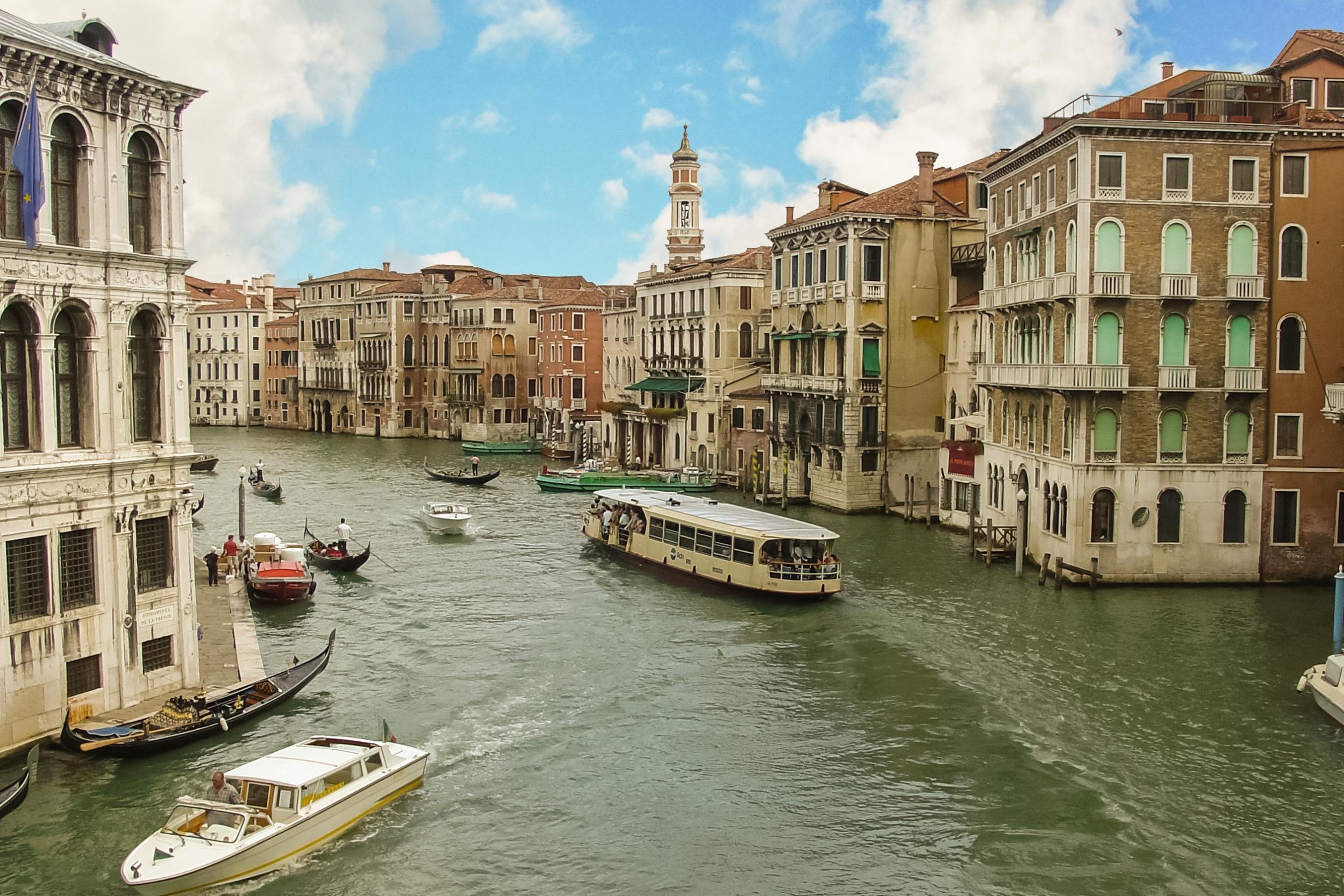
Be sure to go at night, and stay on deck: gliding past a much-emptied Venice of atmospheric darkened side streets and beautiful historic palaces will invariably be a highlight of your trip.
St Mark’s Square
You can’t visit Venice without a trip to the elegant, colonnaded Piazza San Marco (St Mark’s Square). It’s flanked by monuments and historic buildings – and expensive cafes. The stunning Byzantine cathedral (Basilica di San Marco), built during the 11th century, contains breathtaking intricate mosaics. It’s free except for its museum, treasury, chancel and Pala d’Oro, an ancient altarpiece of gold and gems. Tourist visits start at 9.45am and queues soon lengthen. It’s best to attend Sunday mass to see it without the crowds and in all its illuminated glory.
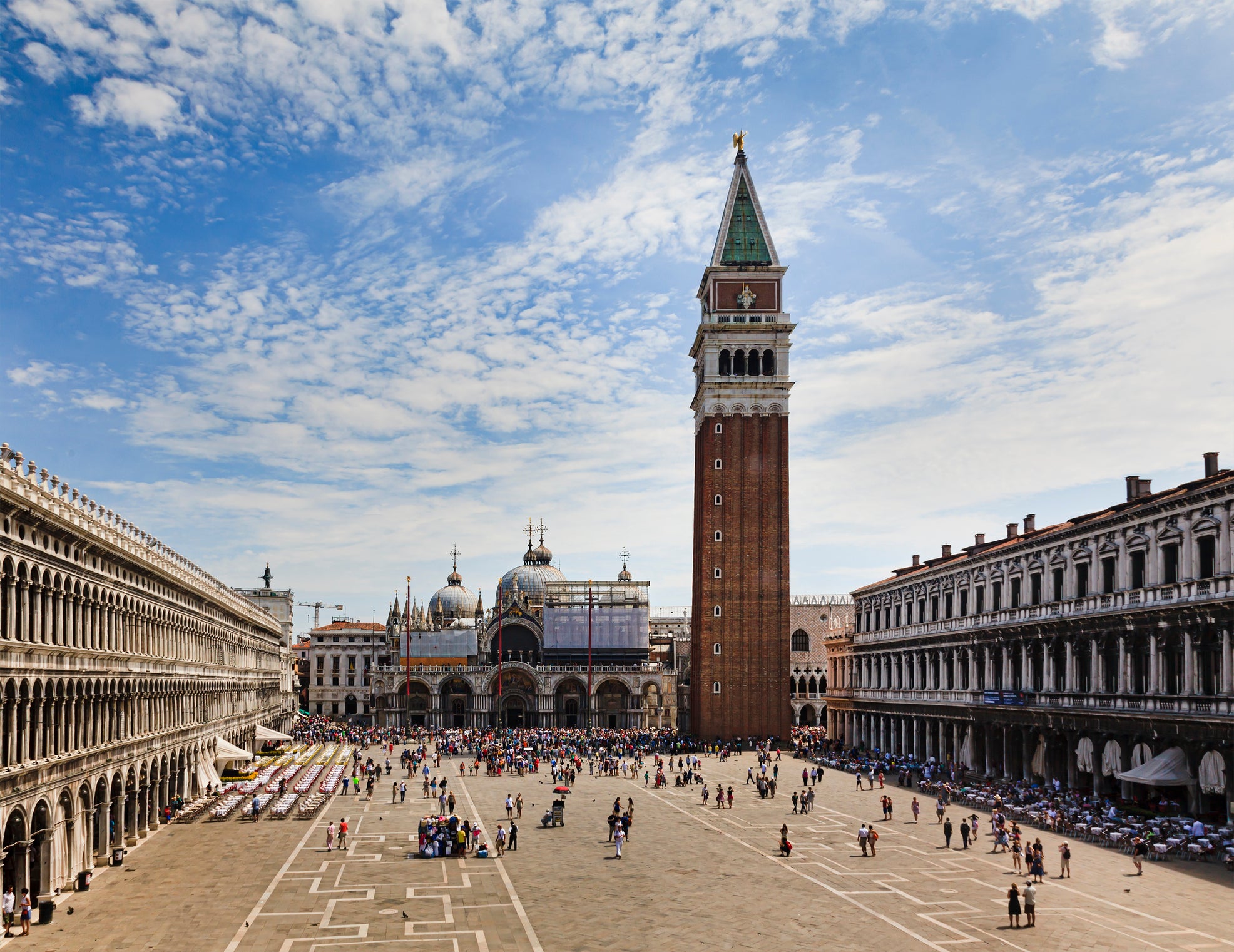
For food, good value for the area is charming Da Mamo Trattoria Pizzeria (Calle dei Stagneri O de la Fava).
The Jewish ghetto
Simply avoiding the ultra-touristy Rialto and St Mark’s areas and walking aimlessly around the quieter, cheaper, more authentic outer districts (such as Cannaregio and Dorsoduro) is one of Venice’s greatest pleasures.
A particularly delightful neighbourhood to discover is the tranquil Jewish ghetto, which originated in 1516 and centred upon the square of Campo del Ghetto Nuovo. This peaceful spot gives little idea of the overcrowding and hardship experienced in its former years.
It’s peppered with little art galleries (free to enter), sleepy cafes, historic synagogues – and no souvenir shops in sight. Unpretentious kosher restaurant Gam Gam has keenly priced fab food.
Historic market
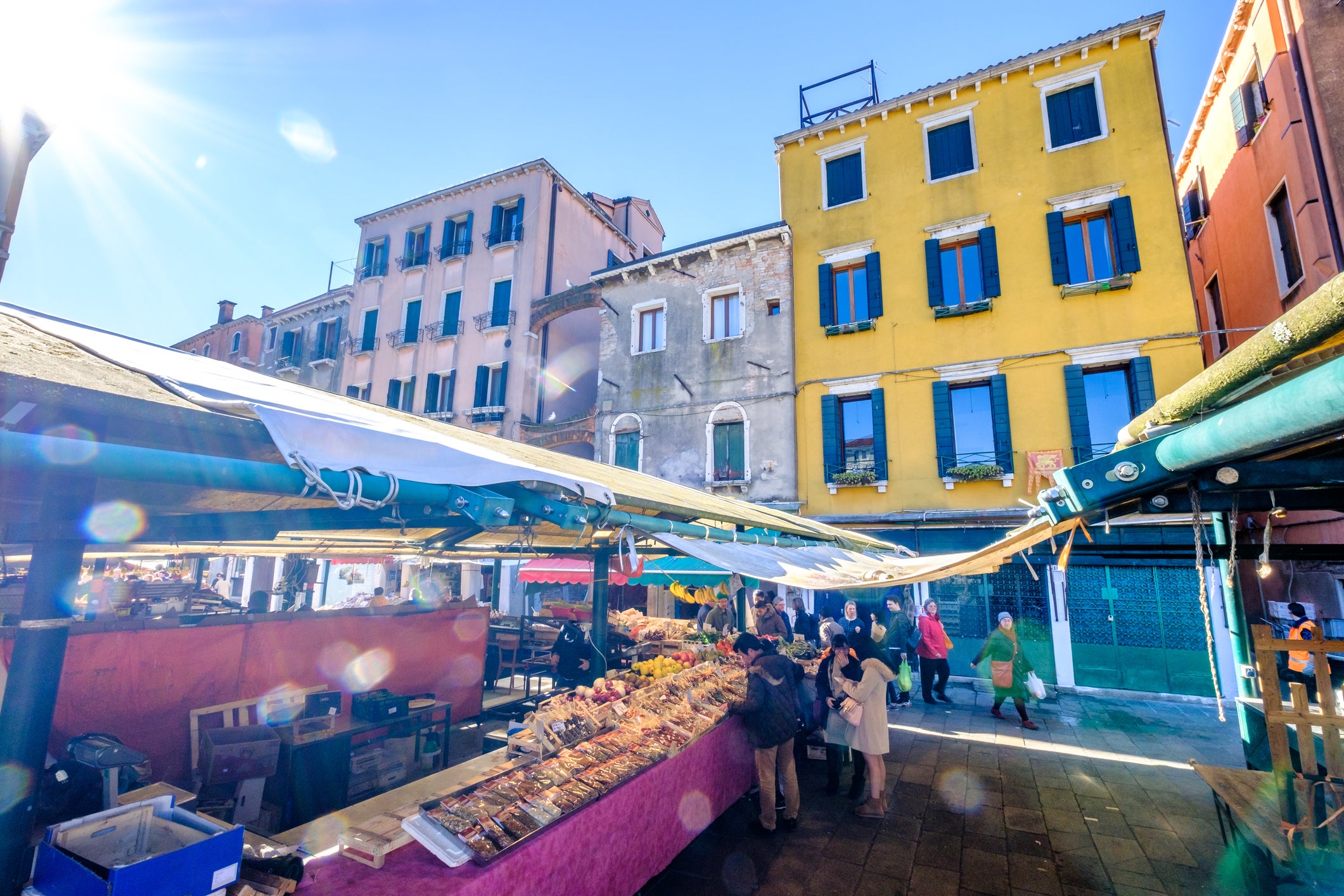
The lively market, Mercato di Rialto, established near the tourist-saturated Rialto Bridge in 1097, is worth visiting early morning to see fish being unloaded from the boats and colourful displays of meat, spices, vegetables and fruits too. Some vendors may offer free samples.
It winds down around 1pm, and is closed on Sundays and Mondays.
Music museum
The free-to-enter Museo della Musica houses a collection of instruments and an exhibit on violin making. It’s located within San Maurizio church, with an impressive display of beautiful antique instruments including harps, mandolins, lutes and violins, and a display of a workshop with the tools used for constructing them. Good notes in English accompany the displays, and this tranquil retreat, with soothing Vivaldi playing in the background, is a very welcomed respite from the bustle outside.
A smaller collection of instruments can be seen at San Giacomo di Rialto church by Rialto Bridge, and again admission is free. Furthermore, posters and leaflets in bars and cafes around the city often advertise free music concerts.
A picnic in the park
Get your empty mineral water bottle filled up with a wide range of lovely local wines from €2.80 per litre at Enoteca Vintido. Stock up on bread and cheese at the deli next door and head to nearby Giardini Savorgnan, which has a playground for the kids. But be sure not to picnic on bridges or church steps.
Sun and sand
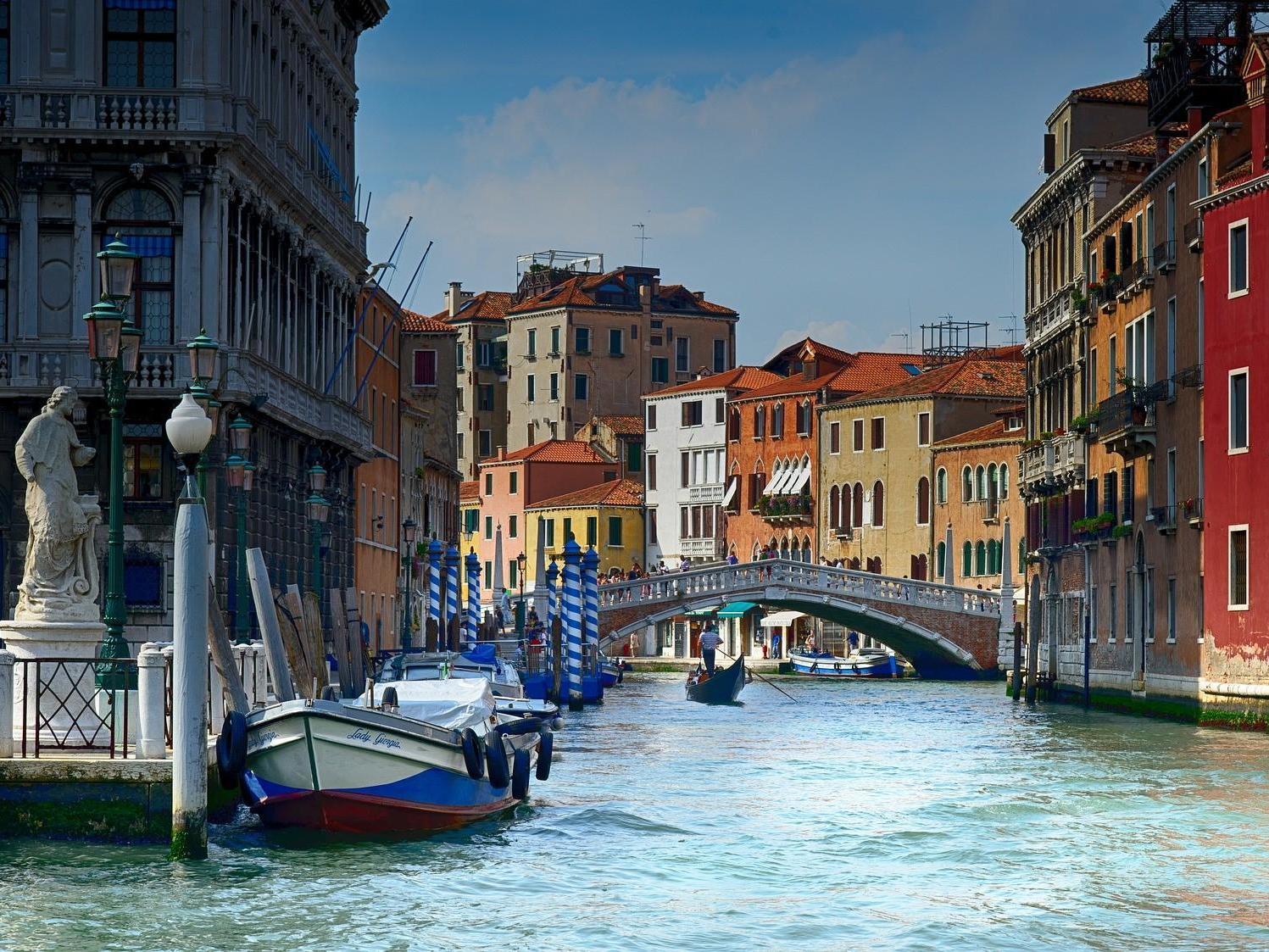
The Lido, Venice’s strip of beach, may no longer display the glamour found in Thomas Mann’s tragic novella Death in Venice but it’s still worth a visit. You can still see the huge Grand Hotel des Bains featured in the film. The deserted and decaying hotel underlines the sleepy Lido’s loss of fortunes in more recent years. Both the hotel and beach are at the end of Gran Viale SM Elisabetta. There’s no charge to visit the beach.
Parks
Though not known for its open spaces, Venice does have several parks, which are great for children. Indeed, despite its reputation as a destination for adults, Venice is particularly child-friendly, having no vehicles; its boat rides seem like amusement park rides to a child; its beaches; and its canals; bridges and medieval street layouts all fun to explore for little ones – especially when there’s a gelato shop at every turn.
The Giardini Pubblici, a large park along the waterfront east of the Piazza San Marco has a play area with swings, slides and climbing frames. Giardini Papadopoli, just east of the Piazzale Roma, is another option.
Art
While the big art galleries like the Guggenheim tend to have hefty entrance charges, there are lots of little private art galleries with free admission. The best include the five-floor Contini Art Gallery, Galleria d’Arte l’Occhio, the Galleria Ravagnan, Zuecca Project Space, and directly opposite, the Espace Louis Vuitton Venezia.
Venetian churches are a mine of old masters: the Santa Maria dei Carmini for example, contains some marvellous paintings by Lorenzo Lotto and Cima da Conegliano. Artworks by Titian and Tinoretto adorn I Gesuiti, the church of Santa Maria Assunta.
Book in advance a free workshop tour of the Orsoni Colour Library, in a quiet backstreet near the Jewish Ghetto. Its furnace produces intricate glass mosaics and gold leaf. You can learn about the glass-making process, view the creations and the mesmerising colour library itself, with its many sheets of coloured glass.
Travel essentials
Visiting there
The writer was a guest of Inghams Italy, staying at the four-star Venice Times Hotel in central Venice, from £519 per person based on two sharing. Price includes three nights B&B, return flights and airport transfers.
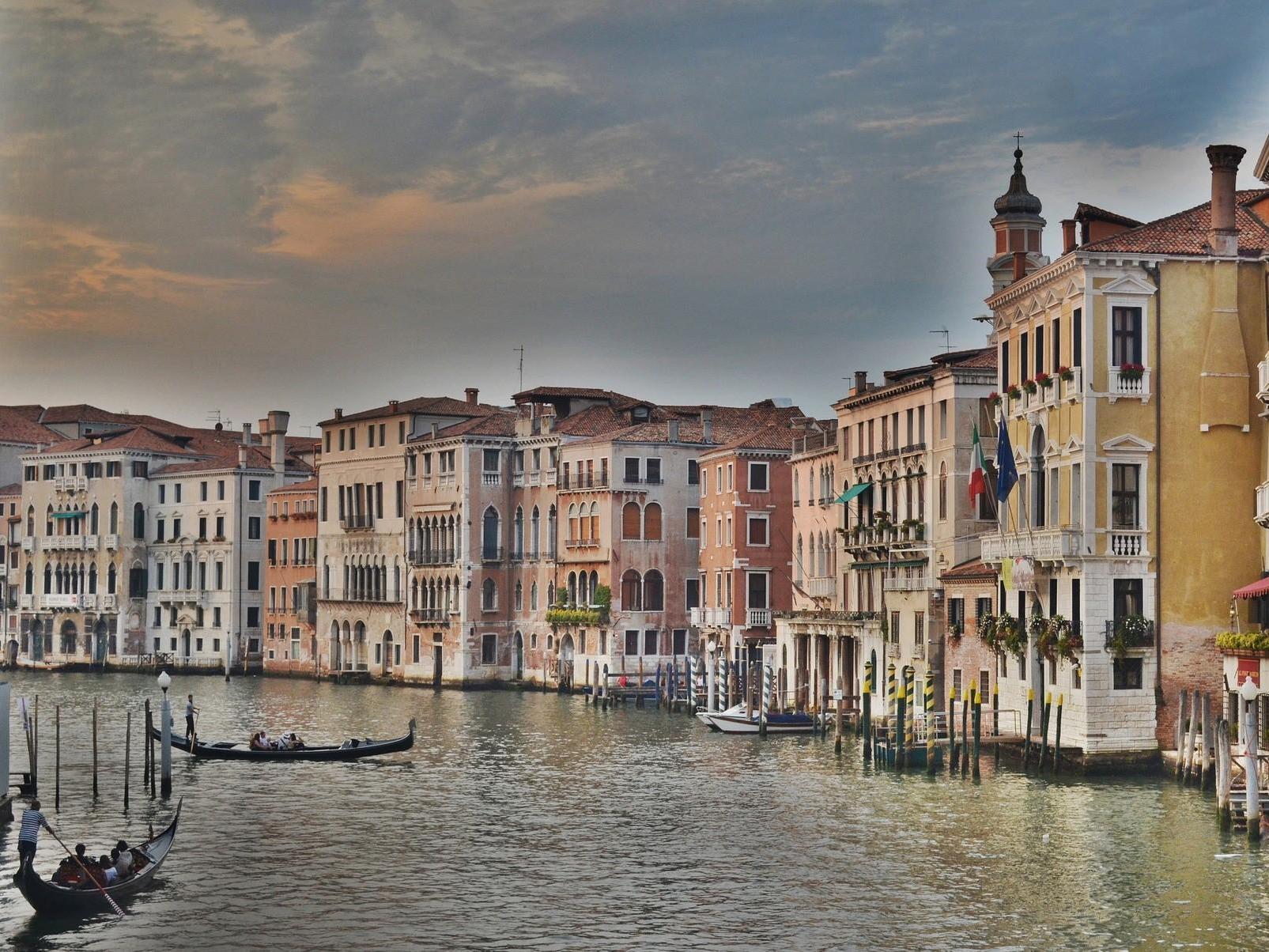
Join our commenting forum
Join thought-provoking conversations, follow other Independent readers and see their replies
Comments